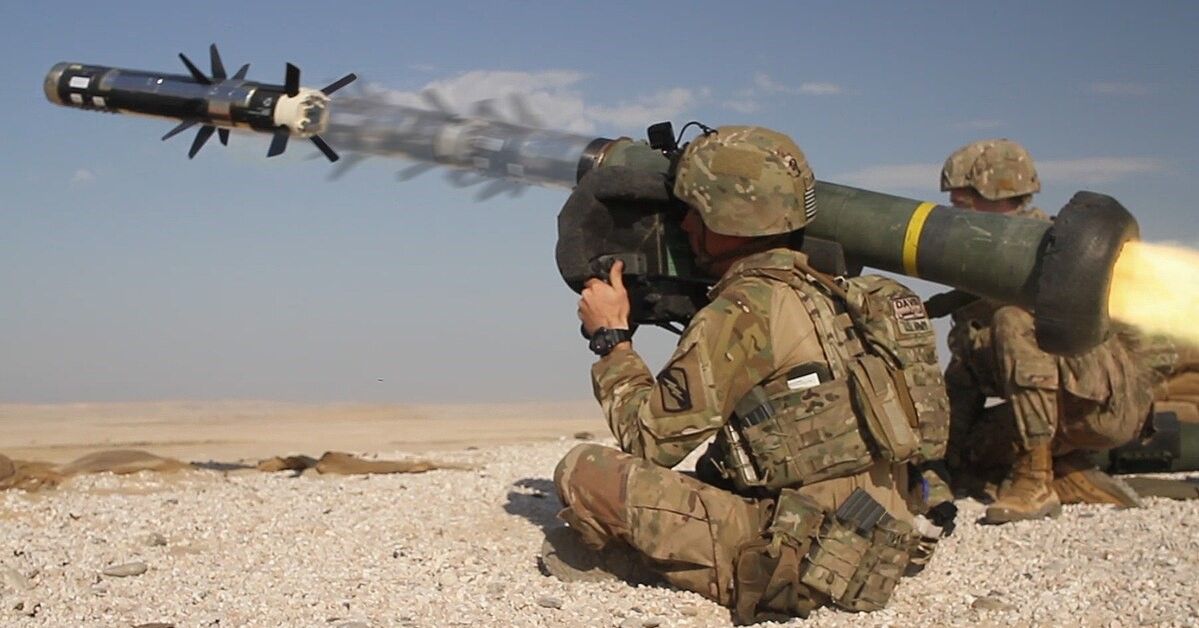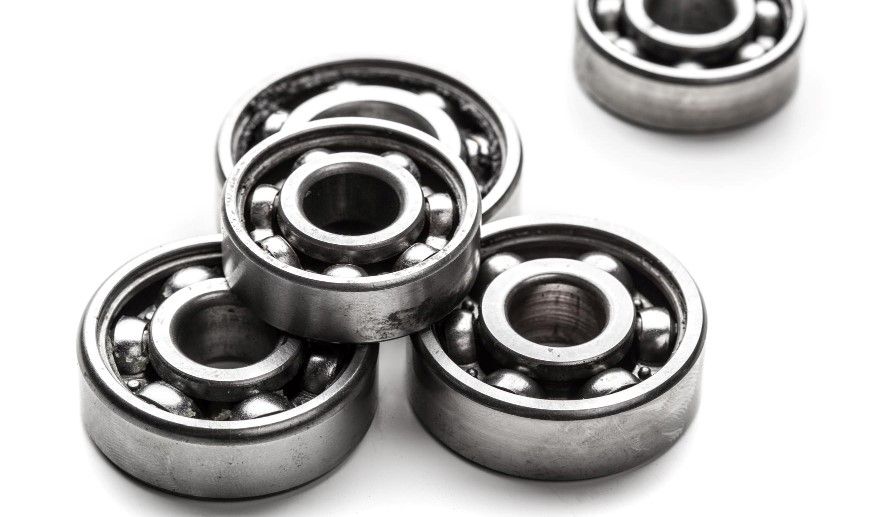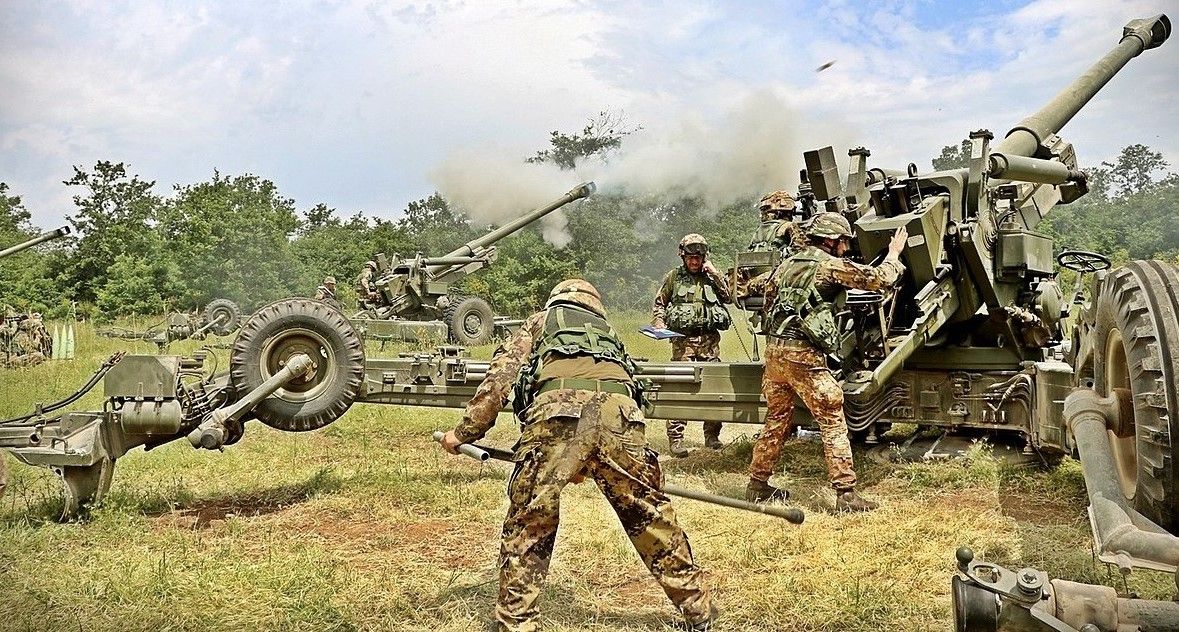The war in Ukraine is forcing a rethink on supply chains and nowhere is this more evident than in military procurement.
Soon after Russian troops moved on Kyiv, manufacturers all over the world looked to check the security of their raw material sources. Companies that provided Ukrainian and Western militaries with weapons and munitions were suddenly given priority and financial support for accessing raw materials vital for the war effort.
For example, the early Russian advances destroyed a factory that provided neon gas to facilities that manufactured semi-conductors. Without this important chemical raw material, semi-conductor production would slow at a time when they are needed to make munitions.
With each Javelin anti-tank missile requiring more than 200 semi-conductors, the supply of neon and other raw materials must be maintained to replace the more than 5,500 Javelin missiles which the U.S. alone has sent to Ukraine.

“How would we manufacture Javelin missiles that are used in Ukraine?” asked Senator John Cornyn. “We couldn’t because they all run on semiconductors. The Stinger that’s been used so effectively by the Ukrainians to go after Russian tanks, the joint strike fighter — the F-35 — our most advanced fifth-generation stealth aircraft, is chock-full of semiconductors that would be unavailable if our access was cut off.”
To this end, the U.S. Congress passed the Defense Production Act (DPA) which focuses on securing raw materials, technology, and production capacity for military purposes – including more than $600 million for expanding munitions production and gaining access to the raw materials the U.S. military and its allies needs.
Even President Biden stepped in to visit the Lockheed Martin facility in Alabama (which makes and assembles other Javelin rocket parts) to ensure a smoother flow of munitions and military hardware to the frontline.
“When it comes to munitions – missiles and drones – we need to figure out how to make more of them more quickly,” said Senator Adam Smith, the House Armed Services Committee Chairman. “And we’ve got to work with our industrial base both here in the U.S. and internationally to figure out how to do that.”
The allocation of DPA funding is controlled by the Pentagon’s Defense Manufacturing Capability Expansion and Investment Prioritization office. Working on the aim of assisting Ukraine with procuring Javelin anti-tank and Stinger anti-aircraft missiles, as well as securing domestic military manufacturing, the office has recently awarded more than $215 million to the company Aerojet Rocketdyne. This will be spent on modernizing its complex rocket propulsion systems facilities in Virginia, Arkansas, Alabama, and Virginia.

A further $15 million will also be spent on a feasibility study for a cobalt mine in Idaho, to combat China’s near monopoly of a raw material which is essential for a modern, industrial defence base.
“A lot of cobalt was getting refined in either China or the Ukraine, or some place that it can’t be refined anymore,” Anthony Di Stasio, the director of the Defense Manufacturing Capability Expansion and Investment Prioritization office, explained in a recent interview. “What most people don’t know is every hard-target penetrator that we use in the military is a tungsten-cobalt alloy. So, if we want to shoot through anything hard, we need cobalt.”
Australia and Canada are also looking at ways to boost Cobalt supplies to weaken China’s market control.
Another raw material which is essential for the manufacture of jet fighters and high-spec military vehicles is high-priority aluminium, yet Russia controls more than three quarters of the global market for this specialist resource. Arconic’s Iowa-based facility was therefore allocated $45 million to expand and increase production, including the installation of a new furnace.
“There has to be pretty high purity, otherwise bad things happen, like it could crack,” explains Di Stasio. “So, we sent out a signal to industry that we wanted to expand production of high-priority aluminum in the United States.”

Another American munitions producer who is benefitting from the need to onshore arms manufacturing is The Timken Company who were awarded more than $13 million to improve ball-bearing output.
While there are plenty of manufacturers who supply ball-bearings, Timken is the only U.S.-based supplier to meet Defense Department standards in a way that can handle sudden and extreme temperature fluctuations, such as those experienced in artillery pieces, rockets, jet fighters, and other weapons systems.
“The temperature cycling for things on missiles — and then obviously anything that comes out of a gun — is going to get real hot, real fast for a really short period of time,” notes Di Stasio. “Through [the] Defense Production Act [for fiscal 2024], hopefully we’re going to try to generate interest for a second supplier to be a second qualified source for [Defense Department] ball bearings.”

But the funding boost for munitions output and raw material security does not stop there. With Defense News announcing that, “Di Stasio’s office expects to make about $200 million in awards funding streams for U.S. companies to manufacture 27 critical chemicals that are several steps down the supply chain for manufacturing propellants and explosives.”
Currently, most of these products are supplied by chemical manufacturers in China, which is a potential U.S. enemy given tensions over Taiwan and control of other islands in the South China Sea. Given the large sums that are being allocated to ‘friendly’ companies in the West’s military production base, it is clear that onshoring production and securing raw material supply is now a top priority.
As Di Stasio concludes, “We were … given a very short, very specific mission; If it goes into a weapon, we don’t want it coming from China.”
Photo credit: Wikimedia, Fabrikasimf on Freepik, Wirestock, Wikimedia, & Macrovector